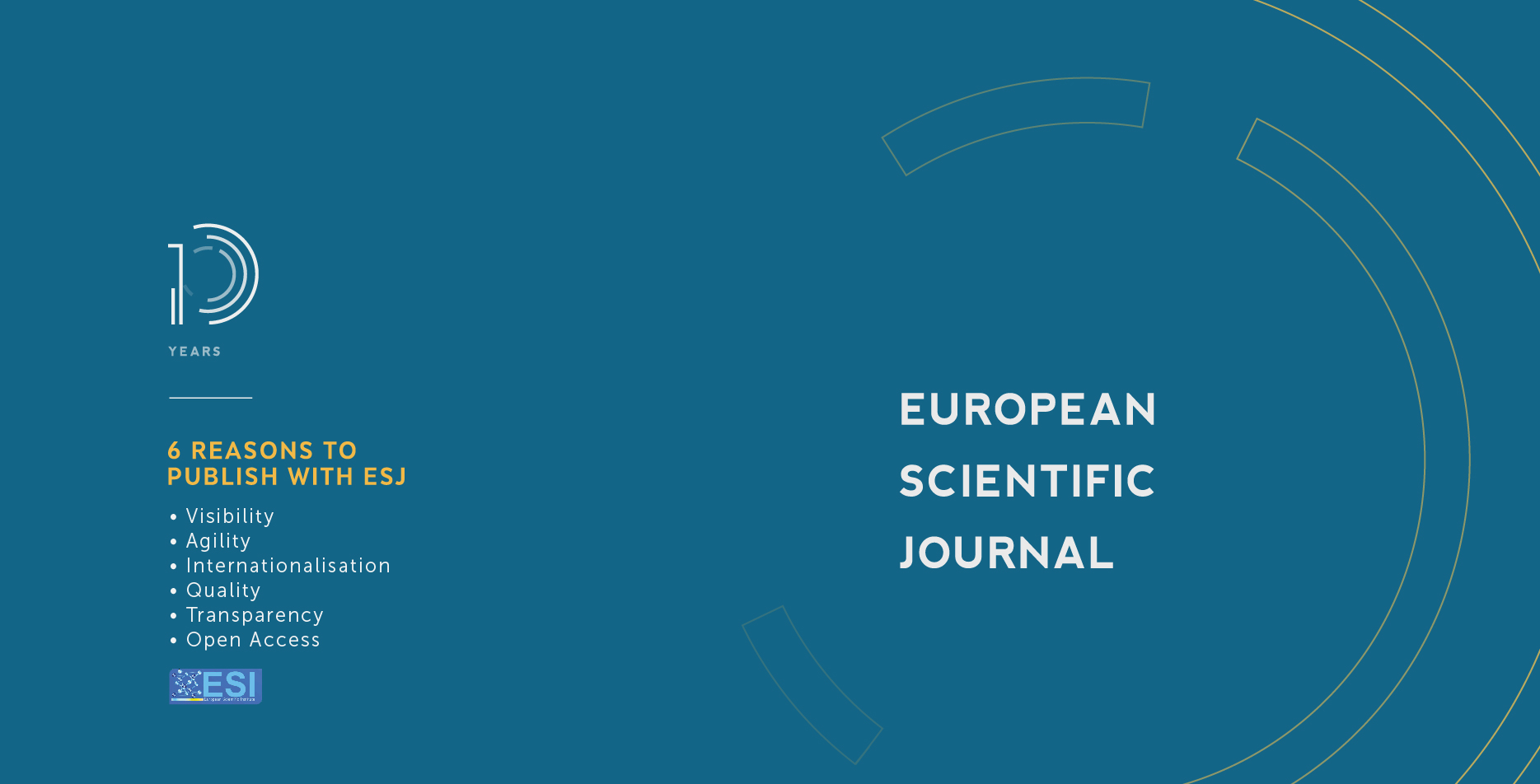Iconography as a Means of Reaching Political Power: A Case Study of Three Georgian Presidents
Abstract
This paper focuses on analyzing the structure of political iconography as one of the methods to achieve political power. On this basis, the political iconography of three Georgian presidents is analyzed. In the modern world, the most important tool for politics and politicians is creating a political icon. Political iconography is directly connected with Christian iconography. It is widely known that in order to get the desired impact on the society, various forms and means of mass communication are used such as personal, social, visual, rhetoric, audio, and communication. Using them without creating iconographic image from politicians does not have any result. Political iconography reaches and mostly remains in the mind of the society, and this leads people to make their decision to support the politician who is a hero of the iconography. This fits the narrative, meaning, and common discourse of the society, which formed an iconographic image of the certain politician. After the collapse of the Soviet Union, a new type of political iconography of Georgia was born which is essentially different from the Soviet iconography. The political iconography of these three Georgian presidents is based on the narrative of creating a modern state. There is however a substantial difference between them. Zviad Gamsakhurdia created the political iconography of a savior, Edward Shevardnadze was seen as an iconic politician, and Mikheil Saakashvili was a creator of power and savior.
Downloads
Metrics
PlumX Statistics
Copyright (c) 2021 Giorgi Aptsiauri

This work is licensed under a Creative Commons Attribution-NonCommercial-NoDerivatives 4.0 International License.








